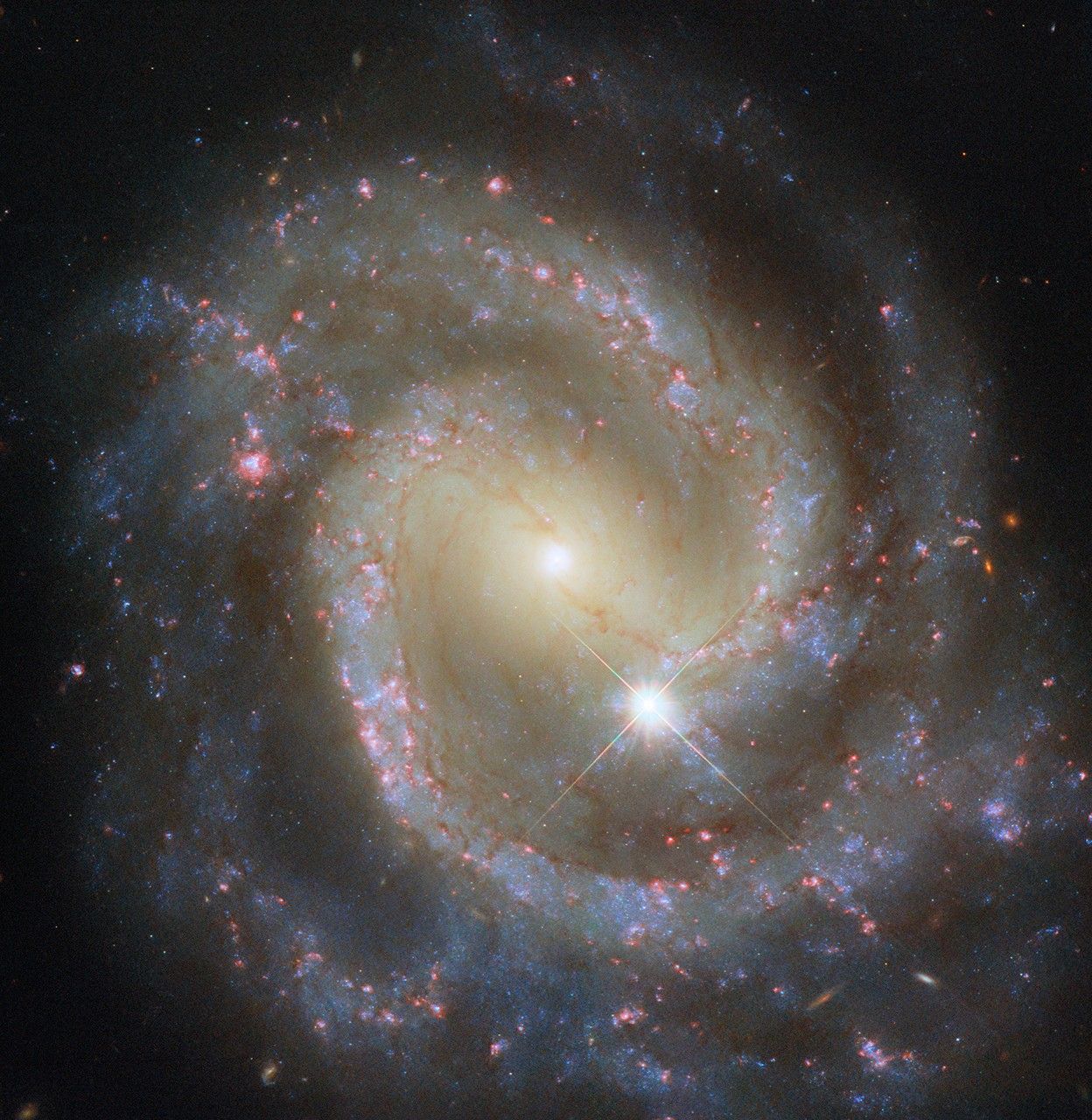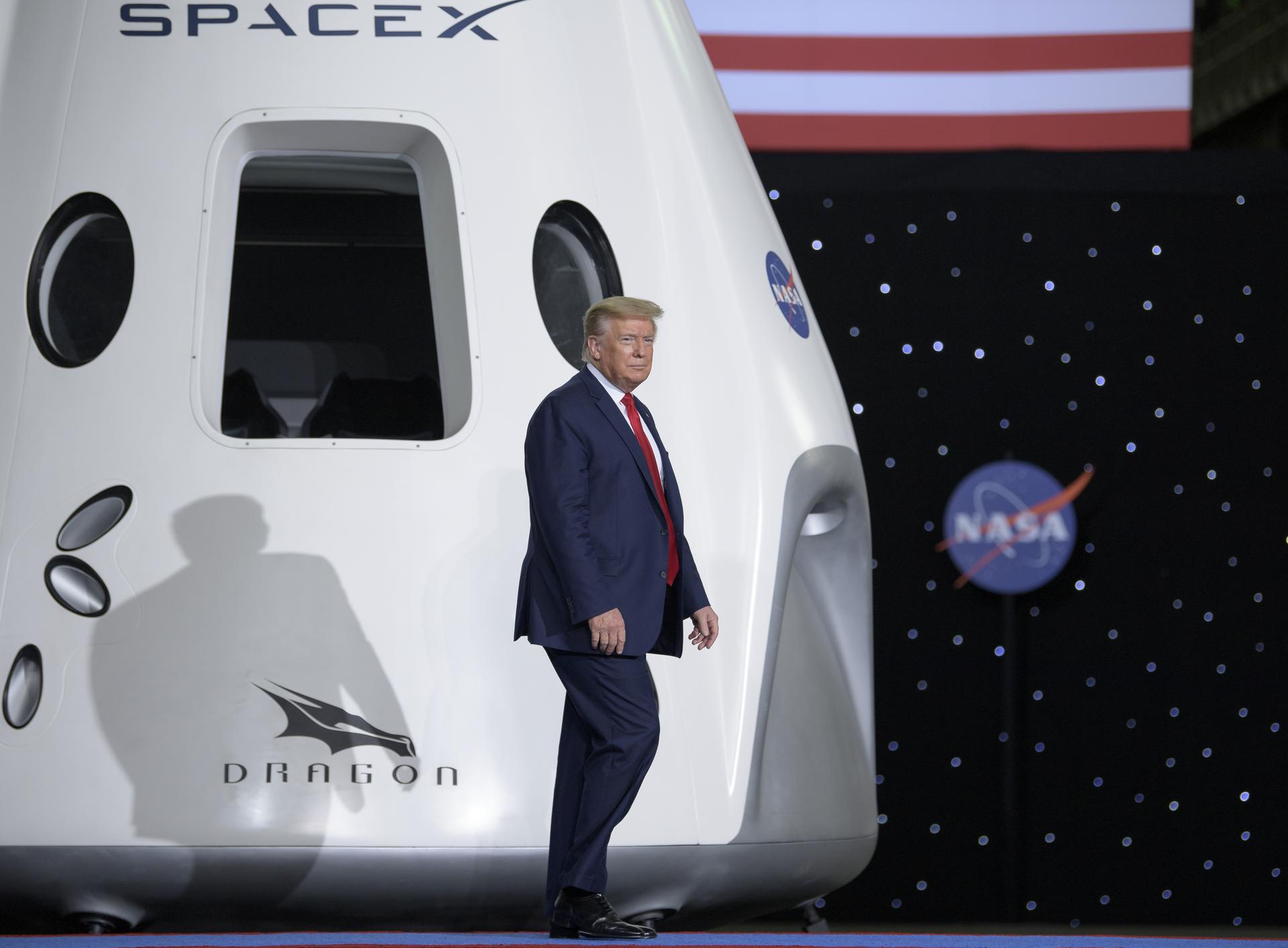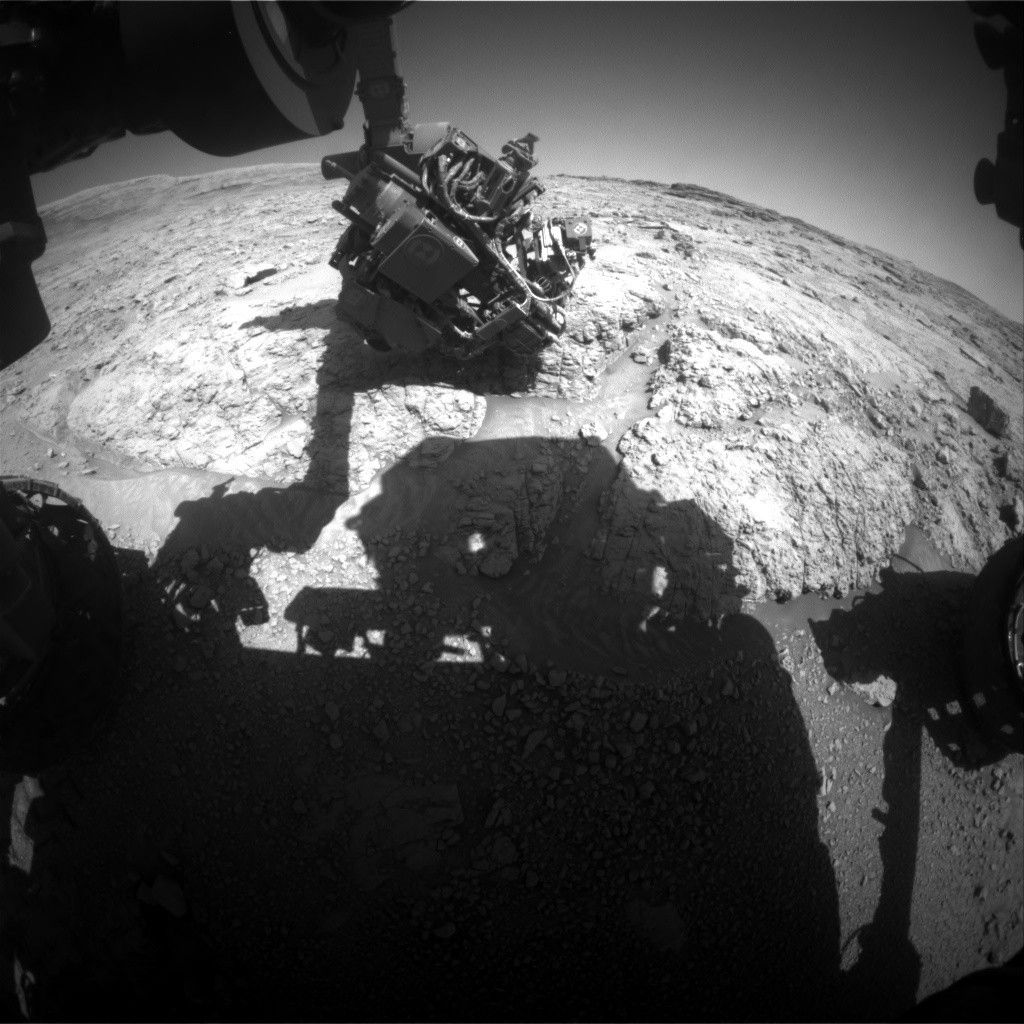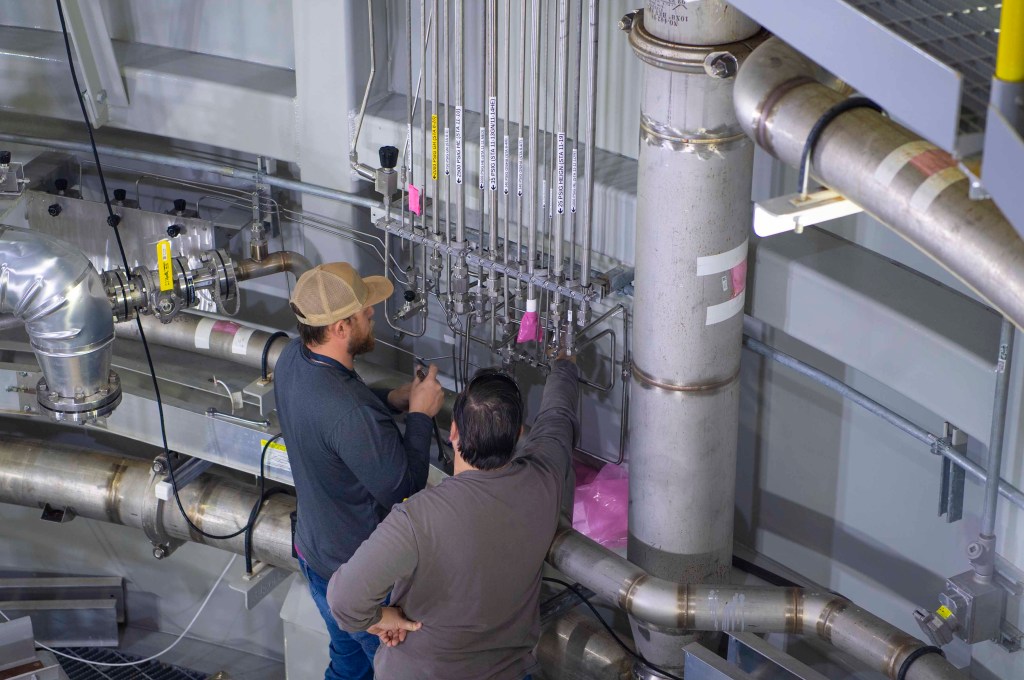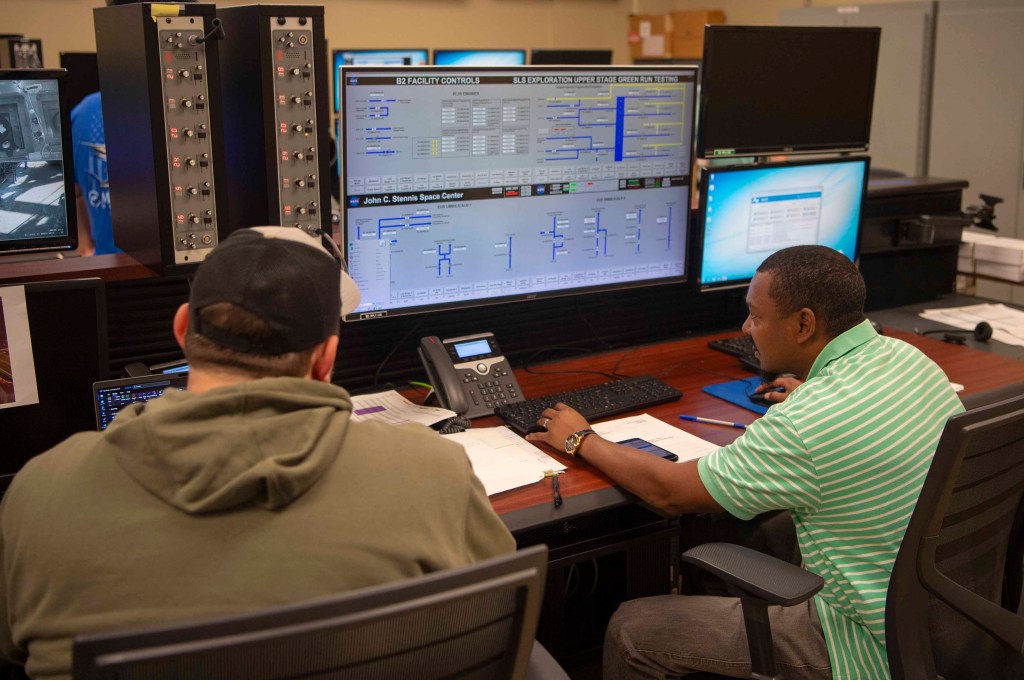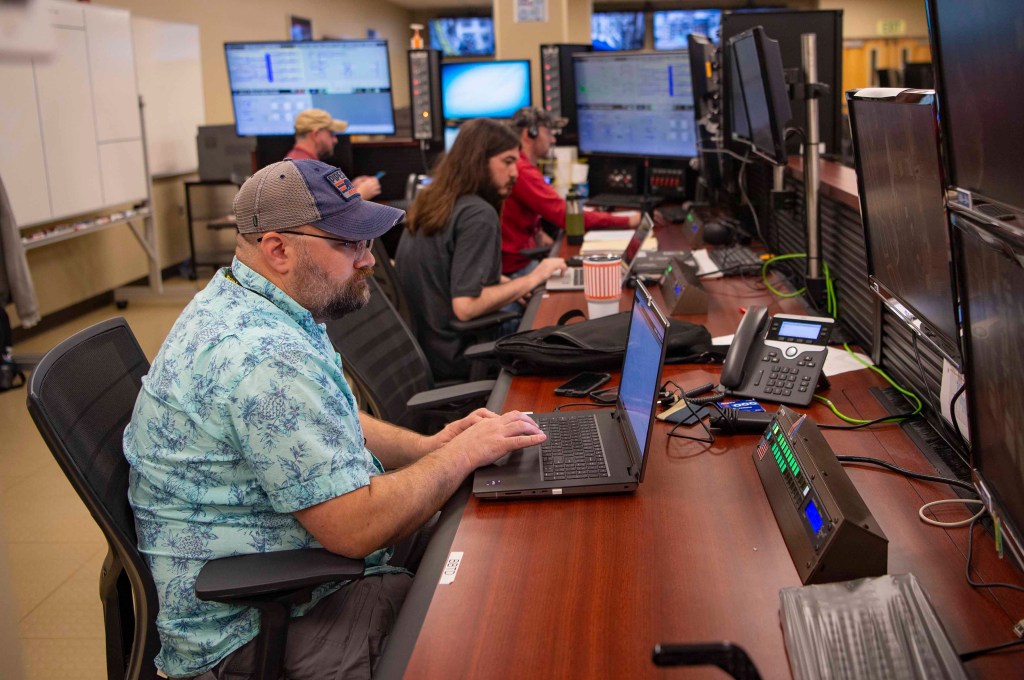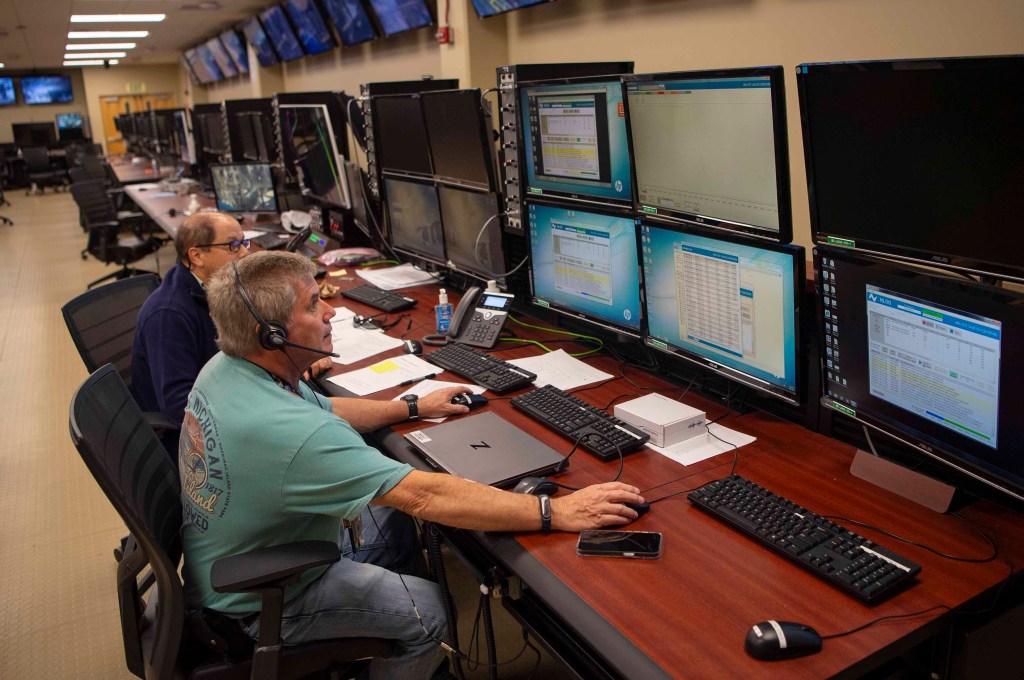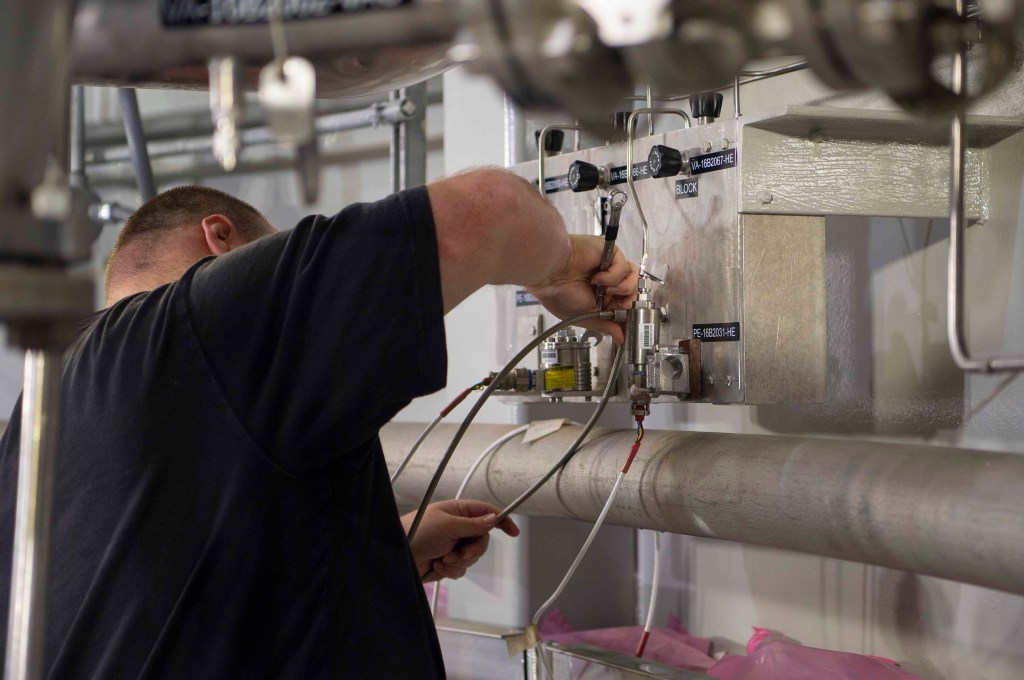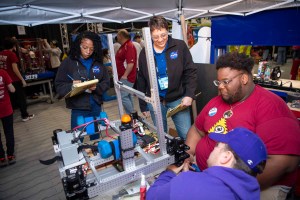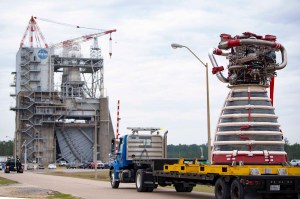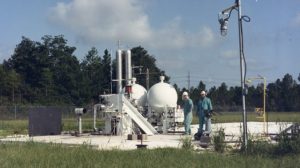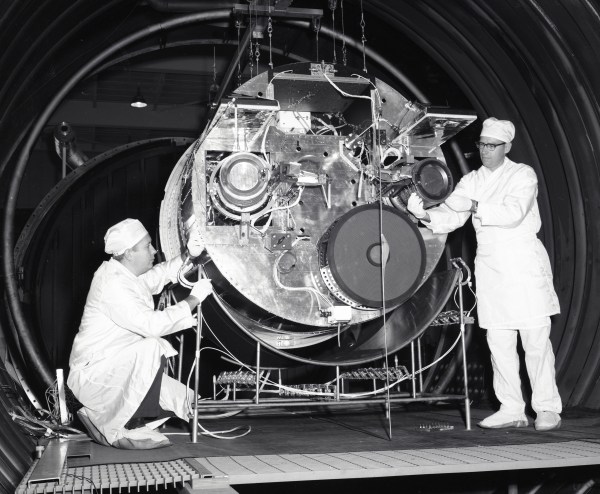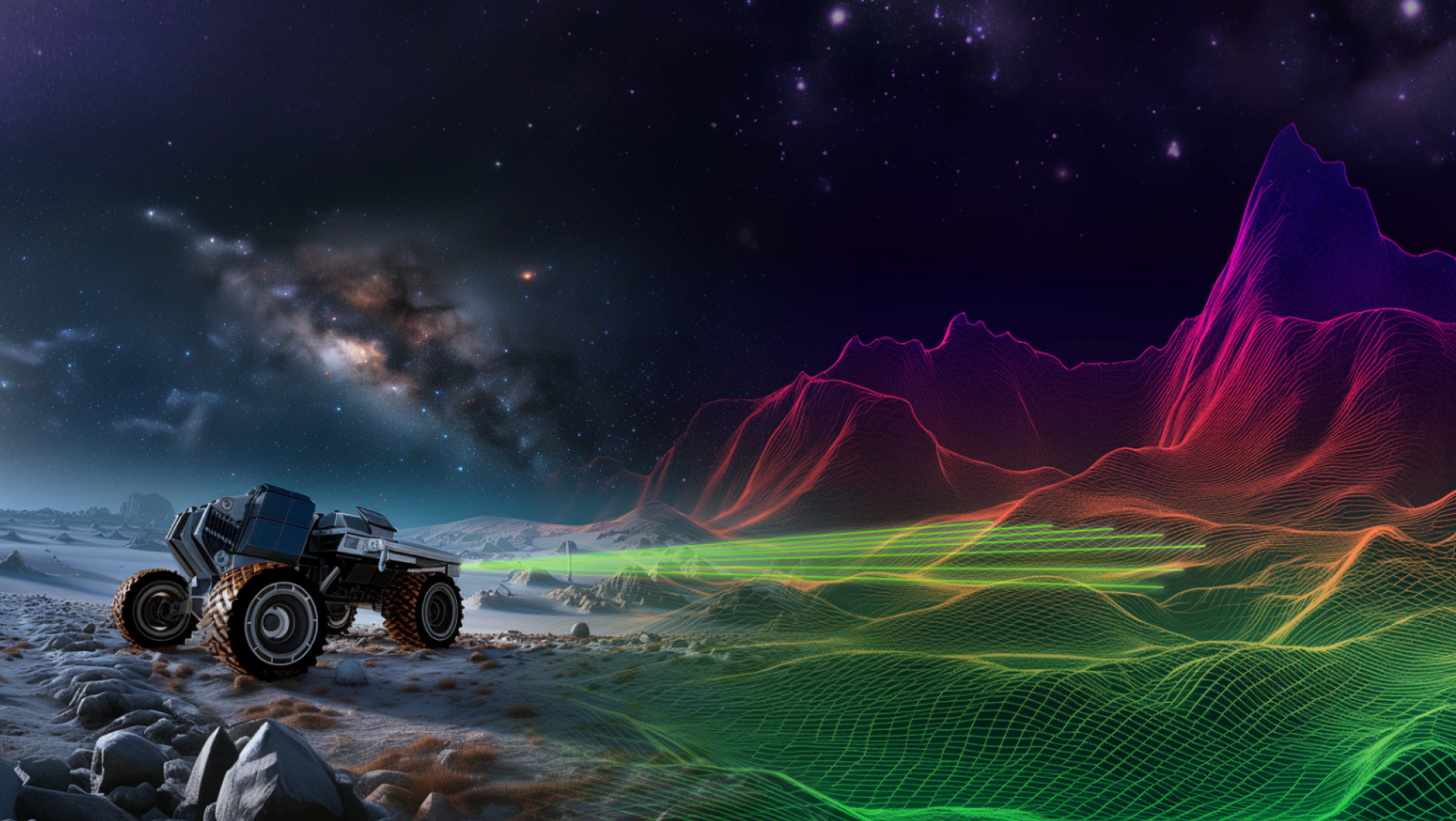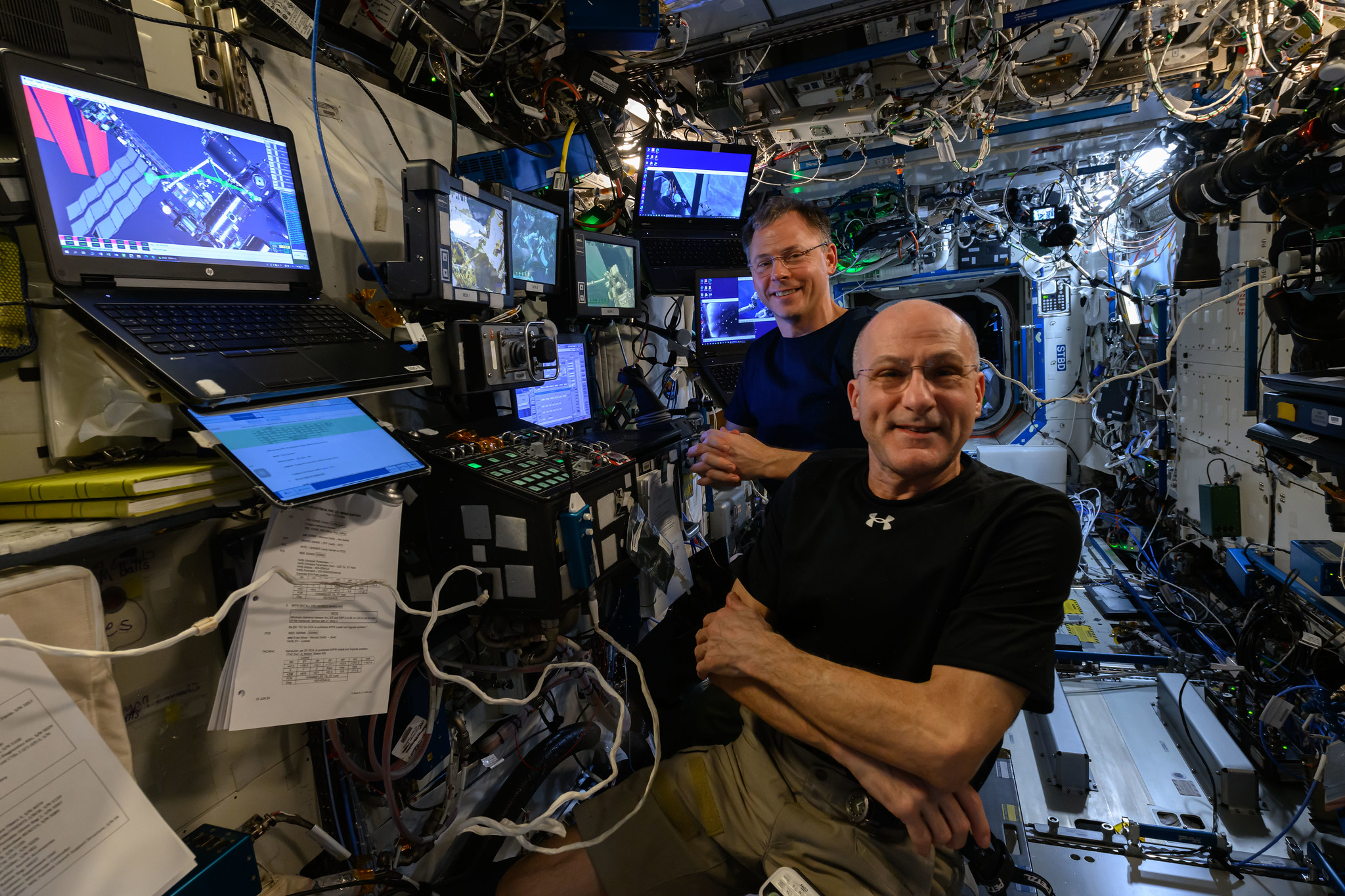NASA Stennis Continues Prep for Future Artemis Testing
Crews at NASA’s Stennis Space Center recently completed activation of interstage gas systems needed for testing a new SLS (Space Launch System) rocket stage to fly on future Artemis missions to the Moon and beyond. The activation marks a milestone in preparation for future Green Run testing of NASA’s exploration upper stage (EUS) in the […]
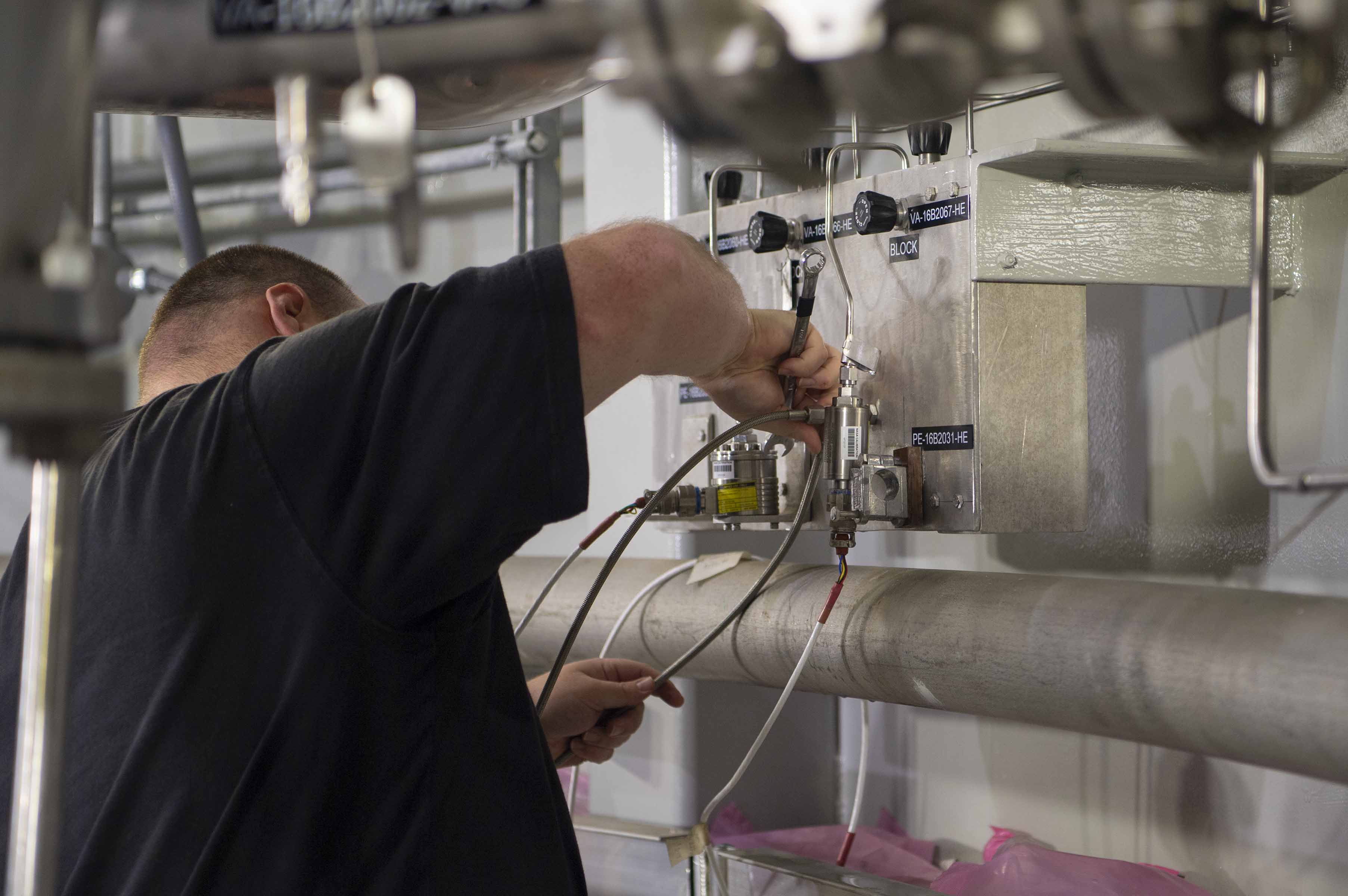
2 min read
Preparations for Next Moonwalk Simulations Underway (and Underwater)
Crews at NASA’s Stennis Space Center recently completed activation of interstage gas systems needed for testing a new SLS (Space Launch System) rocket stage to fly on future Artemis missions to the Moon and beyond.
The activation marks a milestone in preparation for future Green Run testing of NASA’s exploration upper stage (EUS) in the B-2 position of the Thad Cochran Test Stand. For Green Run, teams will activate and test all systems to ensure the stage is ready to fly. Green Run will culminate with a hot fire of the stage’s four RL10 engines, just as during an actual mission.
The interstage simulator component will function like the SLS interstage section that protects the upper stage during Artemis launches. The interstage simulator will do the same during Green Run testing of the stage at NASA Stennis.
The interstage simulator gas system will provide helium, nitrogen, and hydrogen to the four RL10 engines for all wet dress and hot fire exercises and tests.
During the activation process, NASA Stennis crews simulated the engines and flowed gases to mirror various conditions and collect data on pressures and temperatures. NASA Stennis teams conducted 80 different flow cases, calculating such items as flow rates, system pressure drop, and fill/vent times. The calculated parameters then were compared to models and analytics to certify the gas system meets performance requirements.
Crews now will work to activate the umbilical gases and liquid oxygen systems. The NASA Stennis team will then conduct water system activation, where it will flow the flame deflector, aspirator, diffuser cooling circuits, purge rings and water-cooled fairing.
Afterward, the team will deploy the FireX system to check for total coverage, expected to be completed in the summer.
Before the exploration upper stage, built by Boeing at NASA’s Michoud Assembly Facility in New Orleans, arrives at NASA Stennis, crews will perform a final 24-hour check, or stress test, across all test complex facilities to demonstrate readiness for the test series.
What's Your Reaction?



















.jpg?#)












